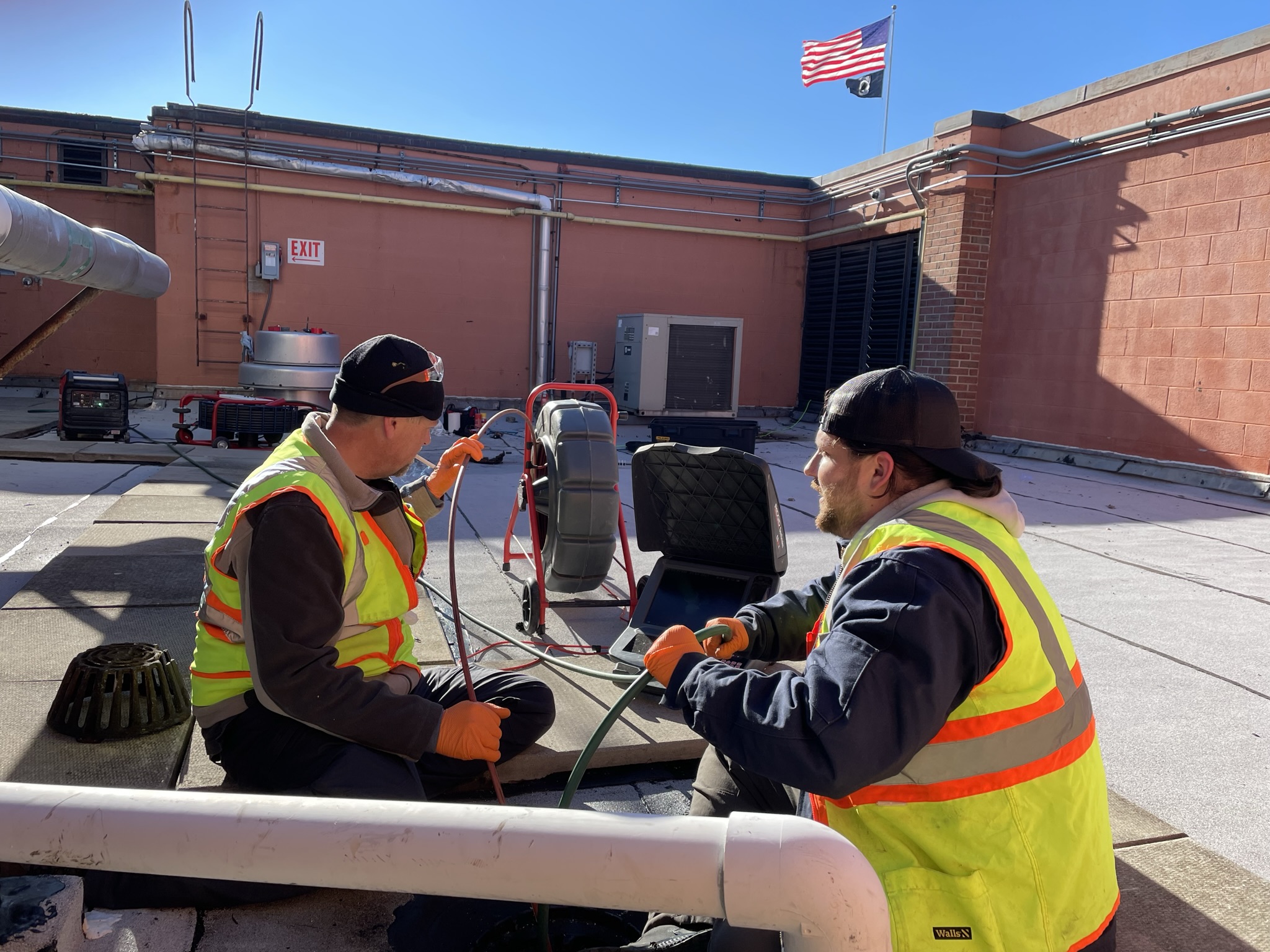Welcome To NoVa Lining's Government and Municipal Services
Where Government clients come to complete their turnkey trenchless projects on time and within budget.

We fix these problems
Our common solutions
I&I can lead to unwanted discharges into fragile environments costing tens of thousands of dollars for mitigation. It can cause pipe structure failure due to erosion of soil support. In some cases, I&I accounts for up to 45% of annual flow to treatment plants.
Undue strain and cost on emergency municipal crews due to repeated backups and failures. Danger to municipal workers through dangerous excavation exposing municipalities to unnecessary liability. Expensive utility breaks costing tens of thousands of dollars and danger to municipal workers safety.
Expensive restoration costs limiting the amount of work done to address the collection system. Curb,gutter and apron costs dominating line items on projects.
Cured In Place Pipe Liners will seal the collection system from groundwater infiltration. Reduces the strain on treatment plants with each lateral line rehabilitated. Stop pipe structure failure from occuring when it can easily be prevented.
Municipal crews can focus on managing larger scale restoration while limiting the municipality/cities exposure to dangerous liability of excavation. No risk of utility breaks and more time spent focusing on the problem at hand. Ensures the safety of municipal workers and doesn't expose them to unnecessary risk.
No restoration costs associated with paving roads. Cured in Place pipe removes the need of having such high costs of curb, gutter and apron replacement. Up to 50% more sanitary sewer lines able to be addressed versus traditional excavation.
Our Solution

give analogy of using this flowchart or what it is about
The NoVa lining process for Government projects
1. Scope finding to avoid Change Orders
- Review engineered plans and verify using third party sources like Google Earth / local GIS sewer maps
- Site visit
- Rough resource availability (like preferred starting date / manpower estimate
- Making sure we meet the people requirements (such as level of security clearance)
- Decision on preferred technology approach to support the GC's goal
- Confirm suitable access-points for VAC-A-TEE cleanout placement or other suitable access points
- rough initial plan (maybe we have to provide a Rough Order of Magnitude proposal)
2.Project Agreement
- Present cost breakdown based on the scope of the footage
- - This includes mandatory minimum footages for us to guarantee the proposed prices
- - this also includes caveats based on the expected pipe condition or stated scope
3.Initial cc-tv with light cleaning to verify lengths, material and access points
- We verify the exact footage (lengths) of the pipe sections
- depending on the pipe material, the lining material is determined
- Using the existing access point (cleanout, manhole or lamp-hole) we will attempt to run a cc-tv camera through the pipe
- We potentially perform some light cleaning (using hyrdo-jetting to flush) so that we can determine the condition of the pipes if the cc-tv could not be performed due to blockage, roots, fogs (fat oil, greases) hindering the camera investigation.
- If the cleaning step was needed we run the cc-tv camera again.
- Initial fact finding and probable approach discussed.
4. Project Planning
- Coordinate the resource schedule (when do we need to show up)
- Material acquisition
- - this includes potential custom-material fabrication to ensure we can guarantee your deadlines. (We don't want to be dependent on supplier quality and irregular delivery schedule of custom materials)
4A. We potentially add clean out points
- - (give description of a trenchless clean out point, = secondary access point outside the home so that all work can be done from one access point outside the home) <picture + link to service point>
4B. If applicable install VAC-A-TEE cleanout
- Locate sewer-line with common utility verification methods (i.e. locating via mainline-camera, lateral camera etc).
- Air excavate precision hole for saddle installation
- install saddle with riser and backfill
- perform water test to ensure seal
- Core drill
4C. We potentially built custom materials
- As a premier sewer lining company, NoVa lining is probably the only lining company that has taken the production of custom diameter transition liners in house
- - In the past we had too many supplier issues with custom liner transition materials (quality, length, size issues as well as unreliable delivery dates) which means that we had to take this production in house in order to guarantee showing up on schedule
5. We do the work (see service + image)
- Notify residents with adequate notice of water disruption
- arrive on site and prepare liner
- install liner
- complete quality control logs
- complete curing process
- visually inspect and take cc-tv recording for verification and payment

6. Final paperwork and Invoice
- this includes our warranty, final video
Testimonial
Enter your text here...

